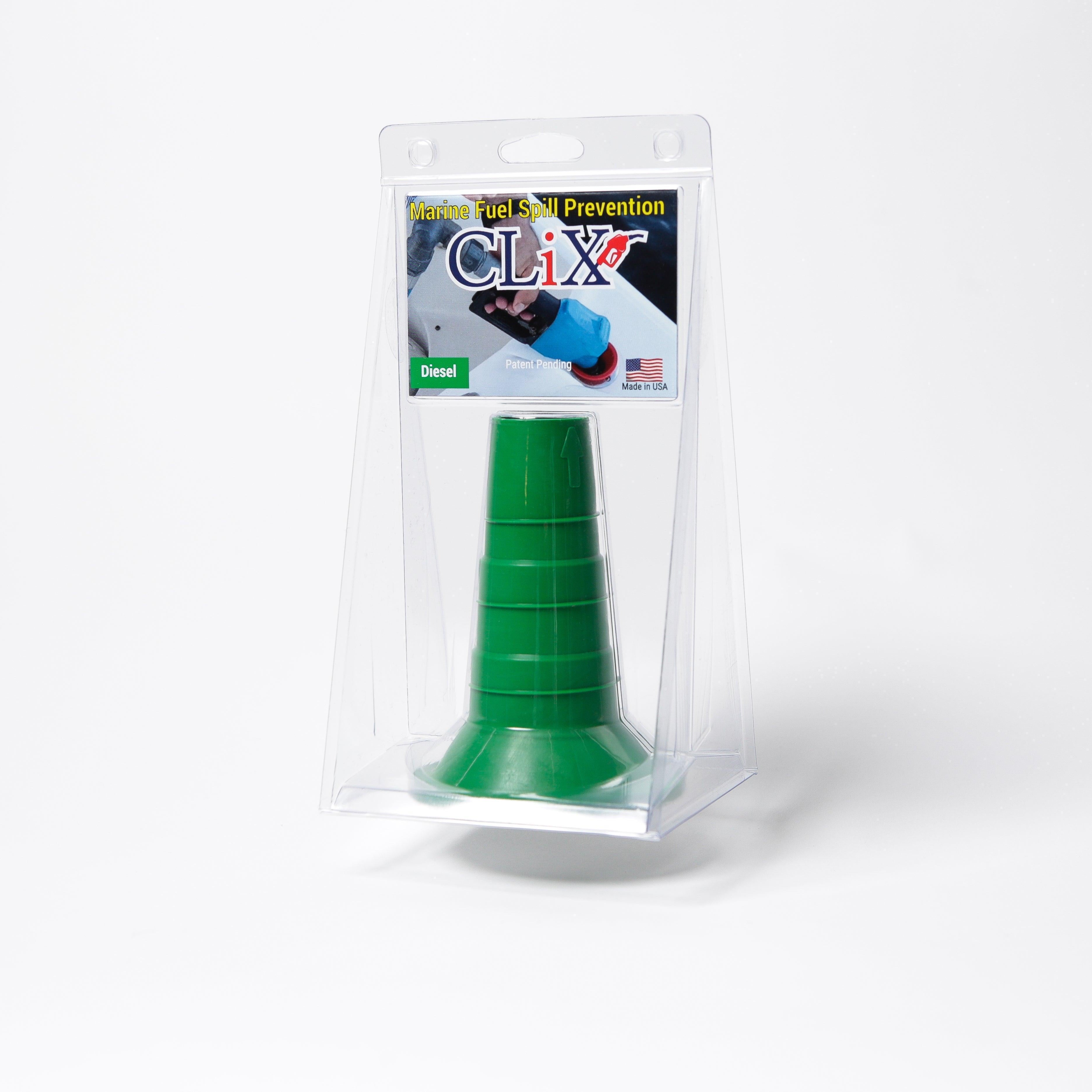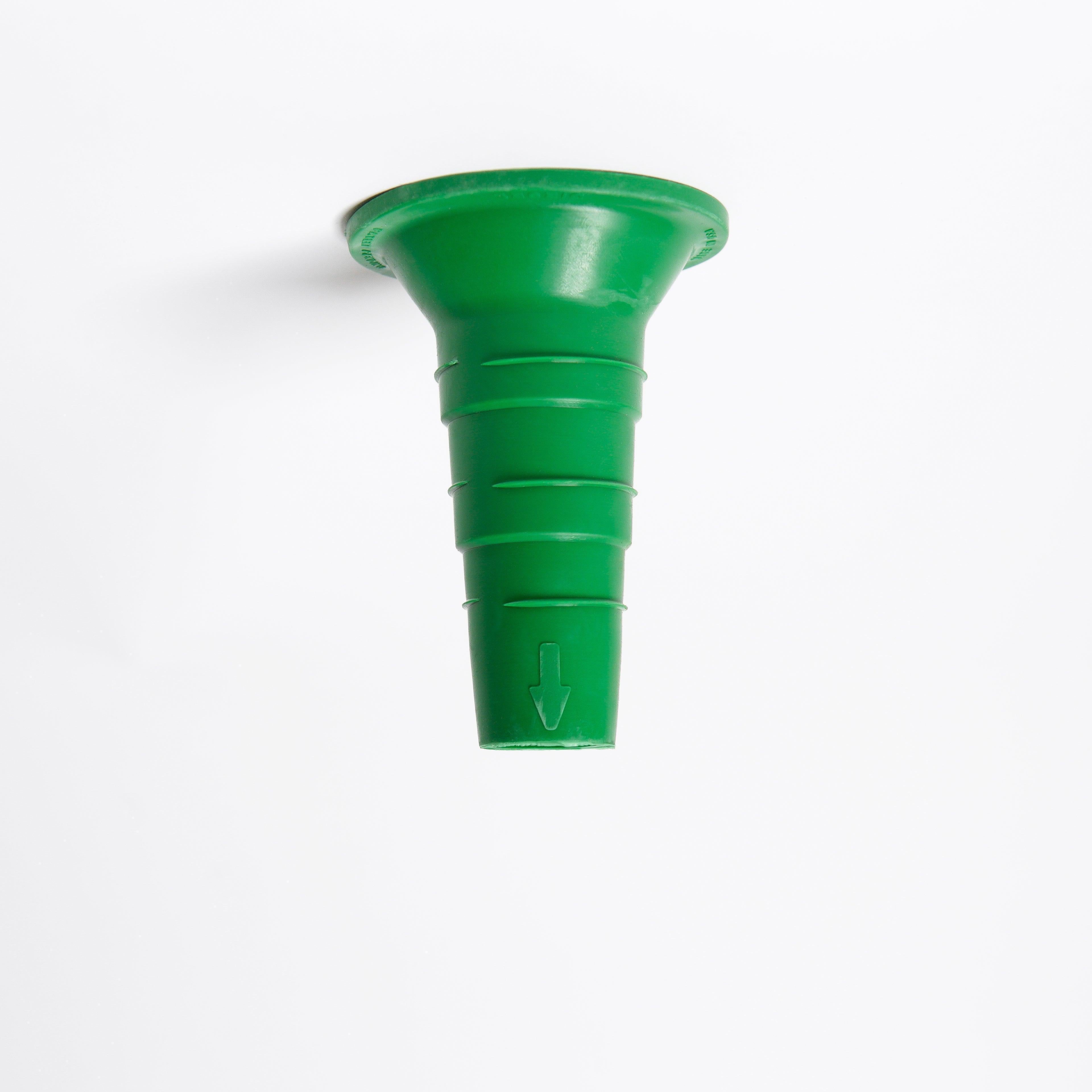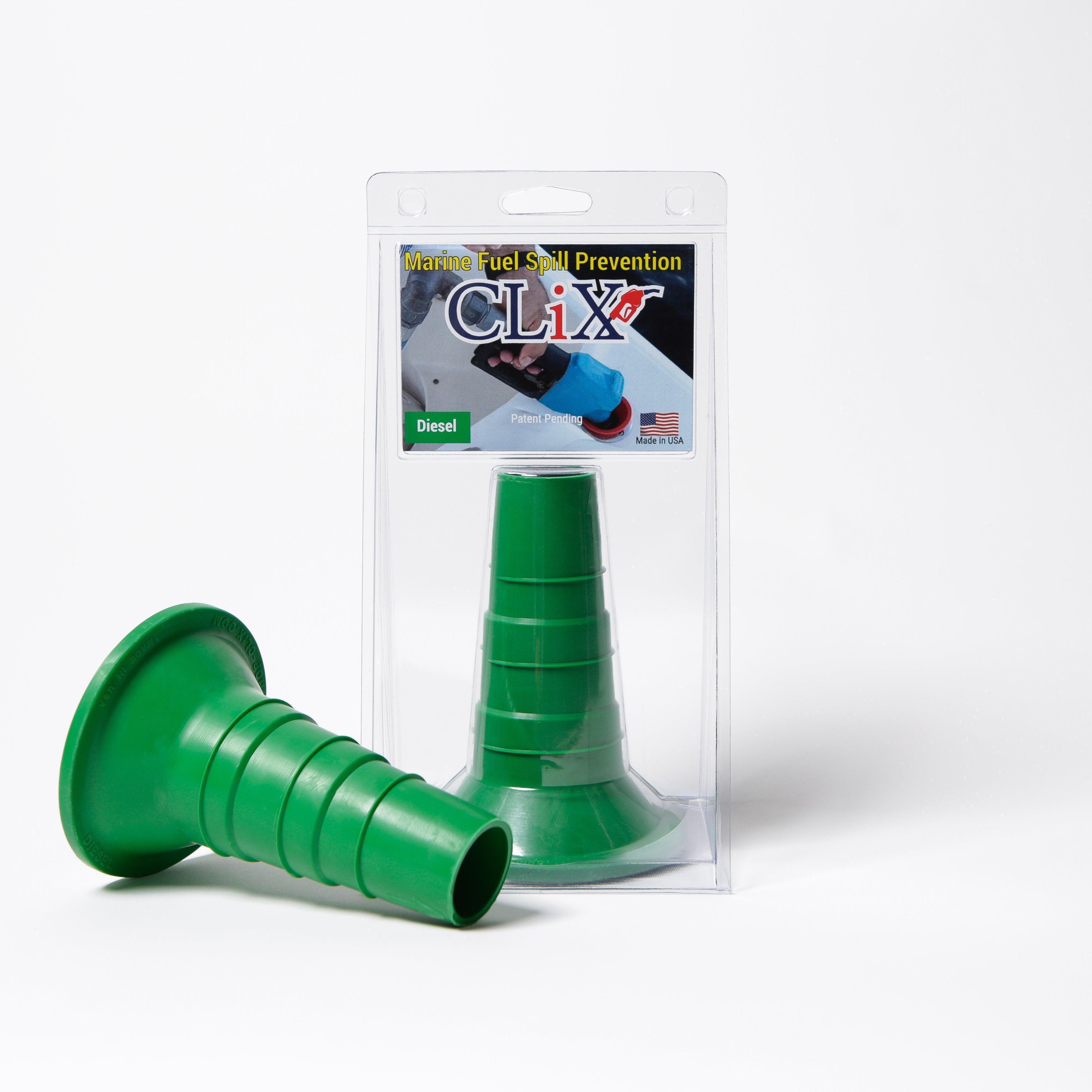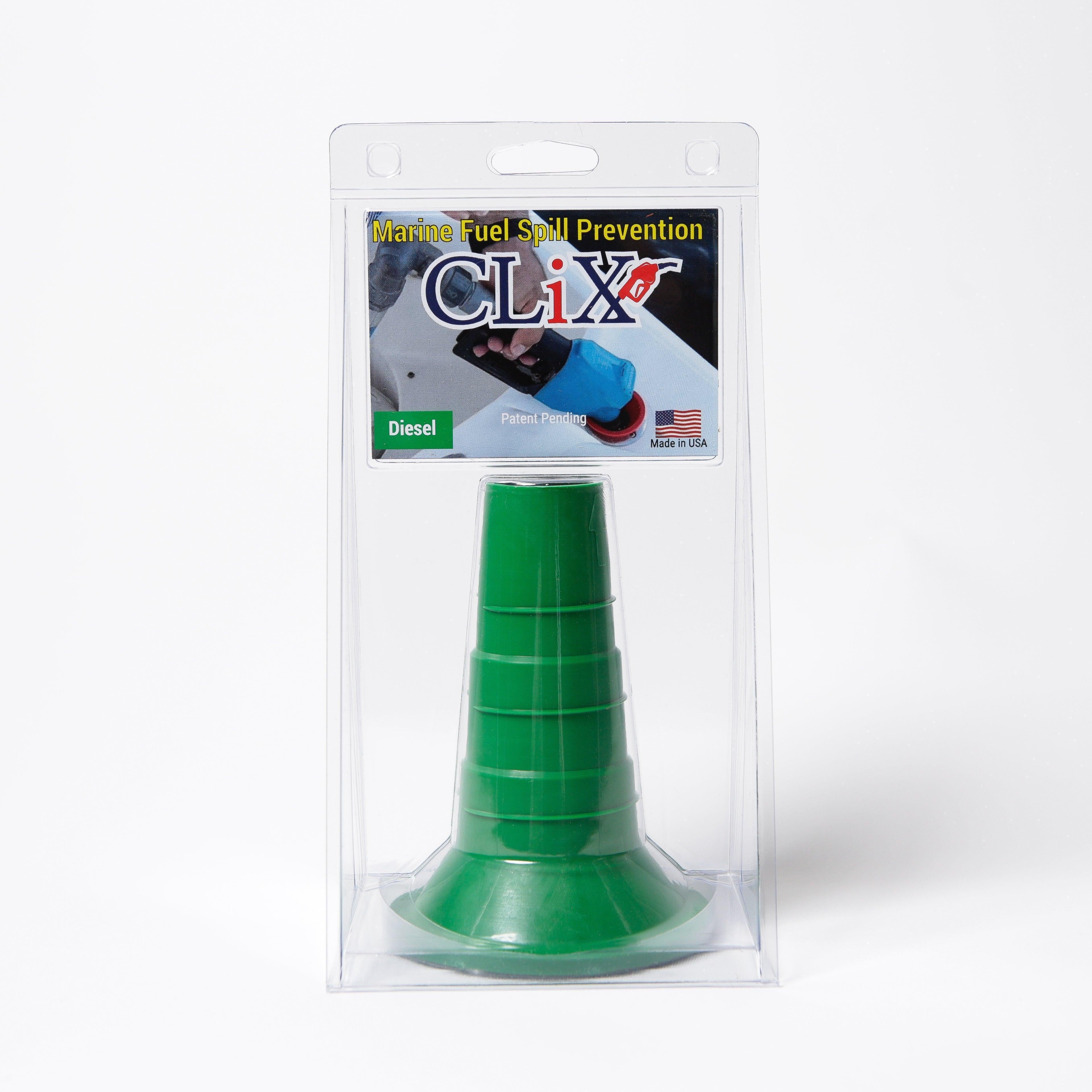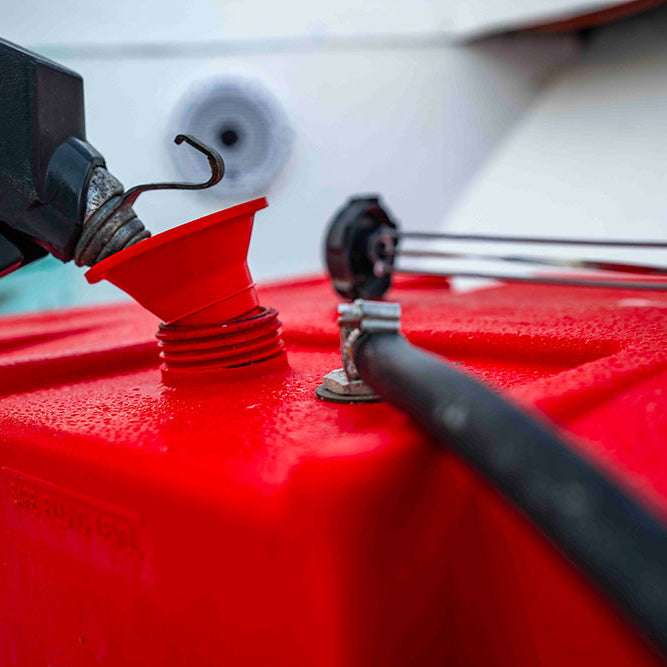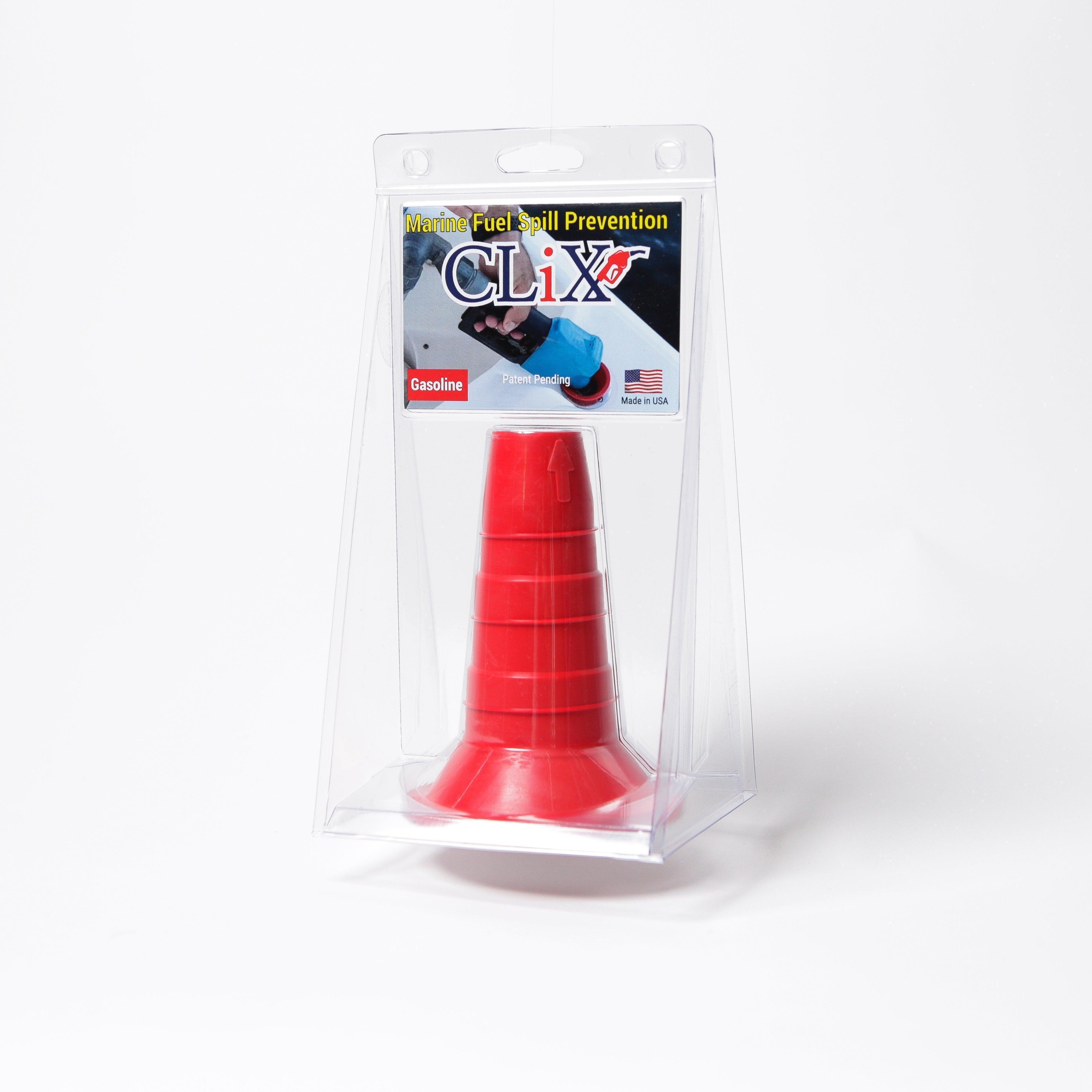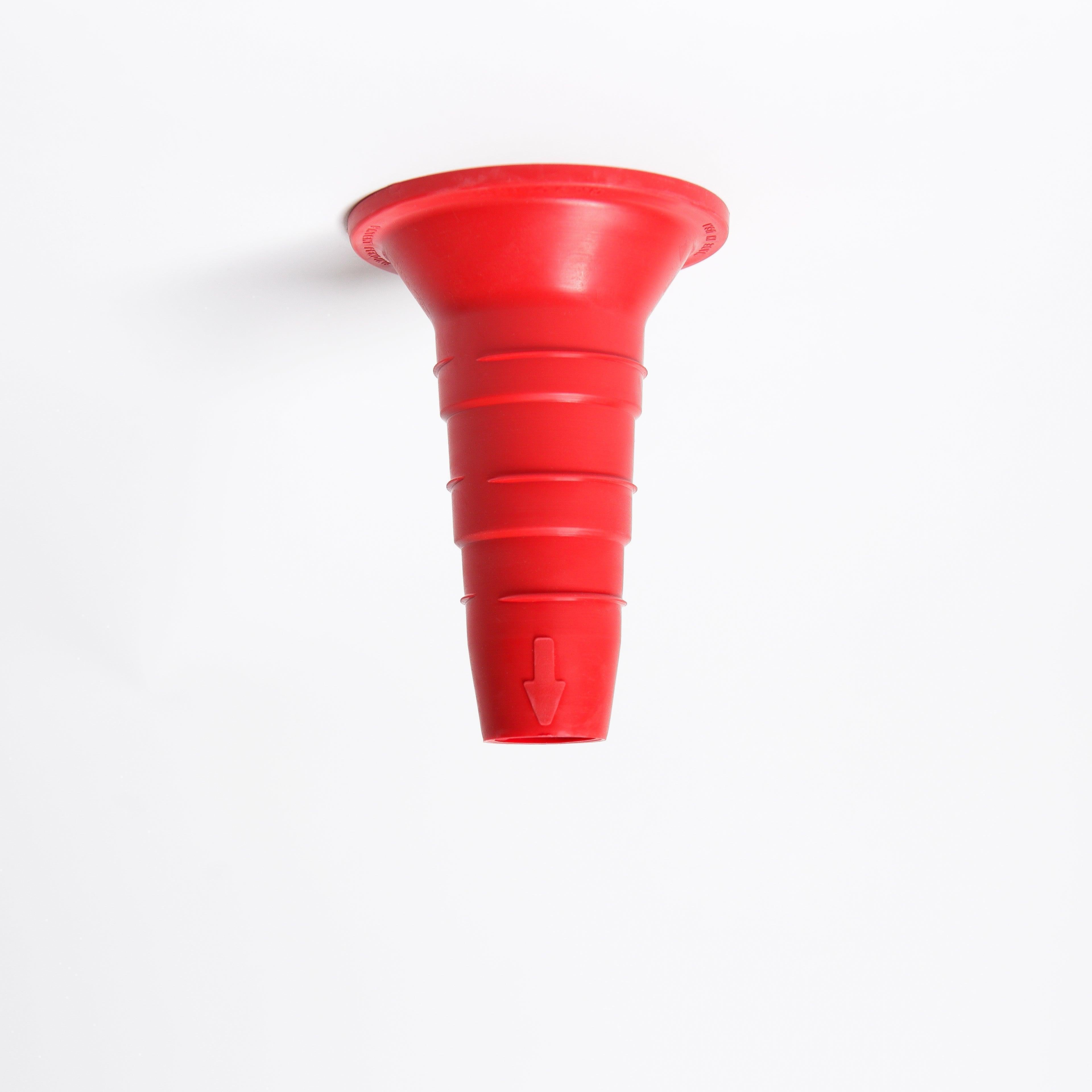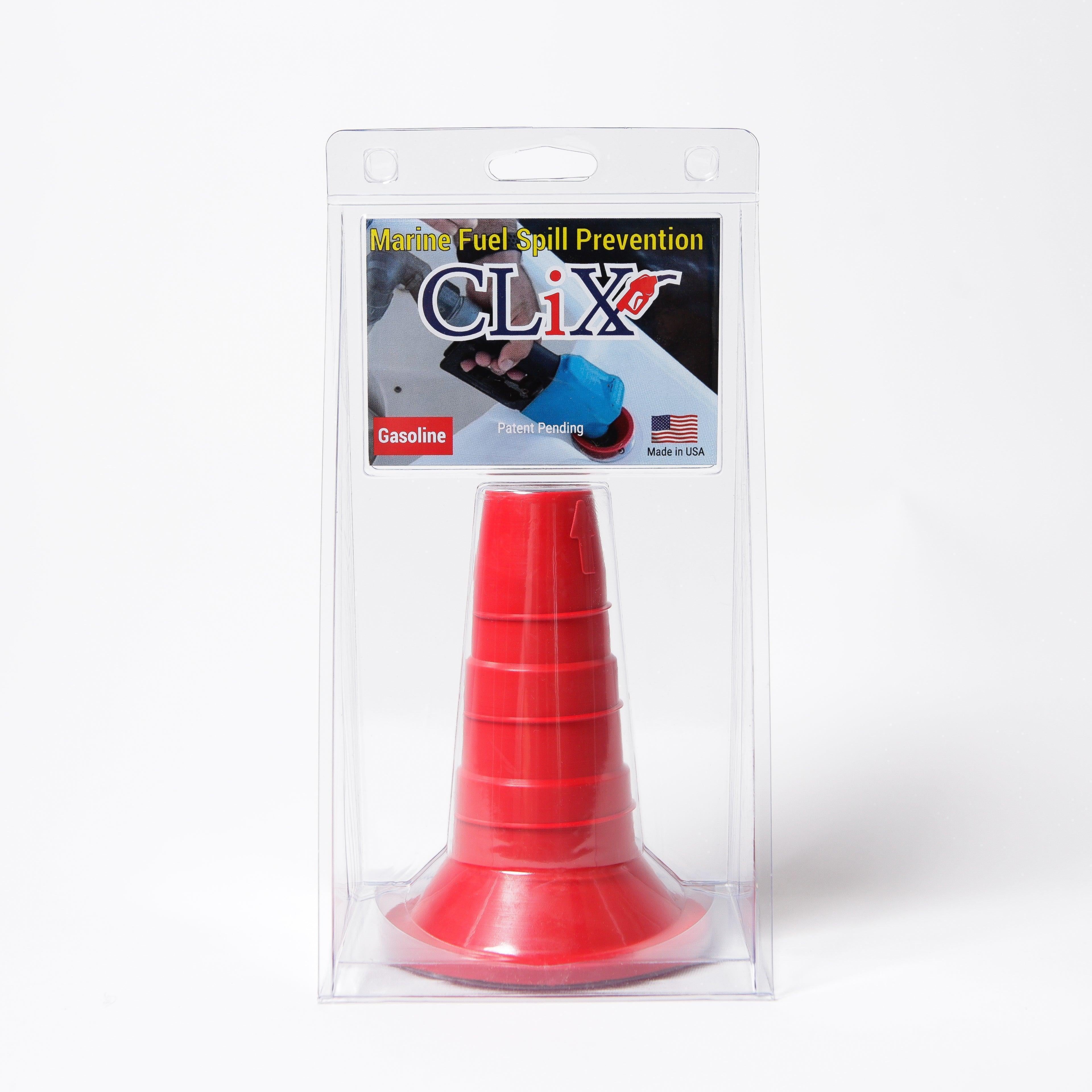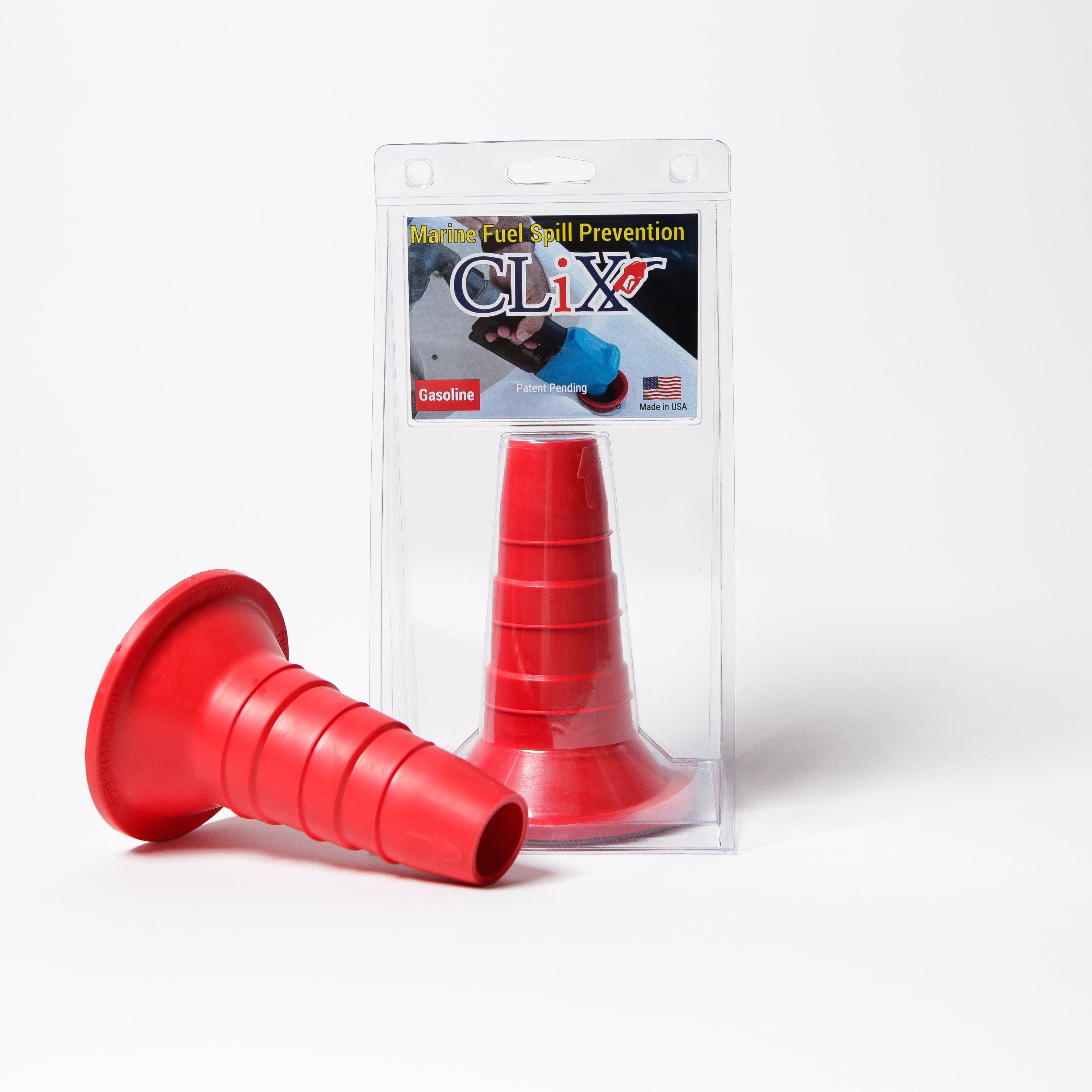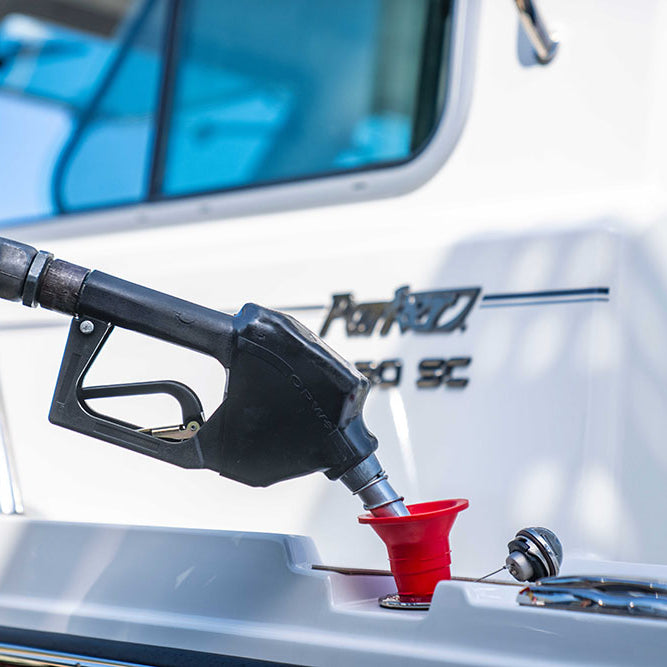Getting your boat captain's license might seem like a huge undertaking, but it’s a journey you can absolutely complete with a clear plan. The whole process boils down to four main things: getting enough real-world experience on the water, passing a physical exam, taking a course approved by the U.S. Coast Guard, and, of course, passing the final exam. The boat captain license requirements are definitely strict, but they're there for one reason: safety. With the right prep, they are completely manageable.
Your Path to Becoming a Licensed Captain
Becoming a licensed captain is less about fighting through red tape and more about proving you have the skills and dedication to keep people safe on the water. Think of it like getting any other professional certification, whether you're a pilot or a commercial driver. Every step is designed to build your knowledge and hands-on ability, ensuring you’re ready for the responsibility when you take the helm.
The journey doesn't start in a classroom; it starts on the water. The U.S. Coast Guard (USCG) puts a huge emphasis on practical experience, which is why logging your "sea time" is the first big hurdle.
The Core Requirements
Before you even think about which specific license you want, every potential captain has to meet a few basic requirements. These are the non-negotiables that act as the starting line for all professional mariners. They make sure every applicant has the maturity, physical fitness, and baseline experience to move forward.
This graphic breaks down the essential pillars you'll need to have in place.
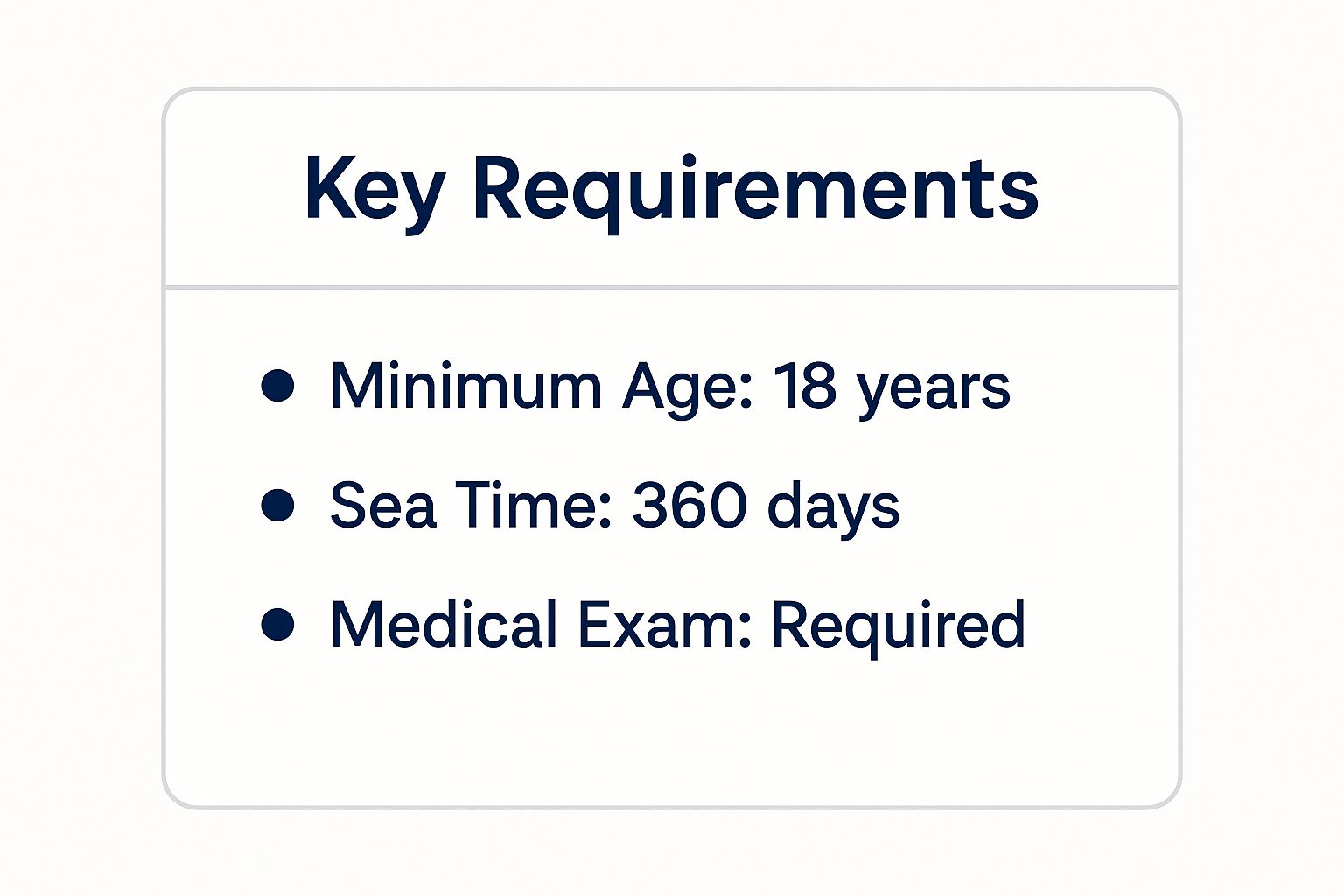
These three elements—age, experience, and health—are the first gates every single applicant must pass through before they can get to the training and exams. Once you've got these covered, you can start focusing on the license that fits your career goals.
"The license is more than a piece of paper; it’s a testament to your experience and commitment to the safety of everyone aboard. The requirements are tough for a reason—there are no shortcuts on the water."
Once you have a handle on these initial steps, you can start figuring out which license makes the most sense for you. The table below gives you a quick snapshot of the most common options to help you zero in on your target credential.
The Different Types of Captain's Licenses
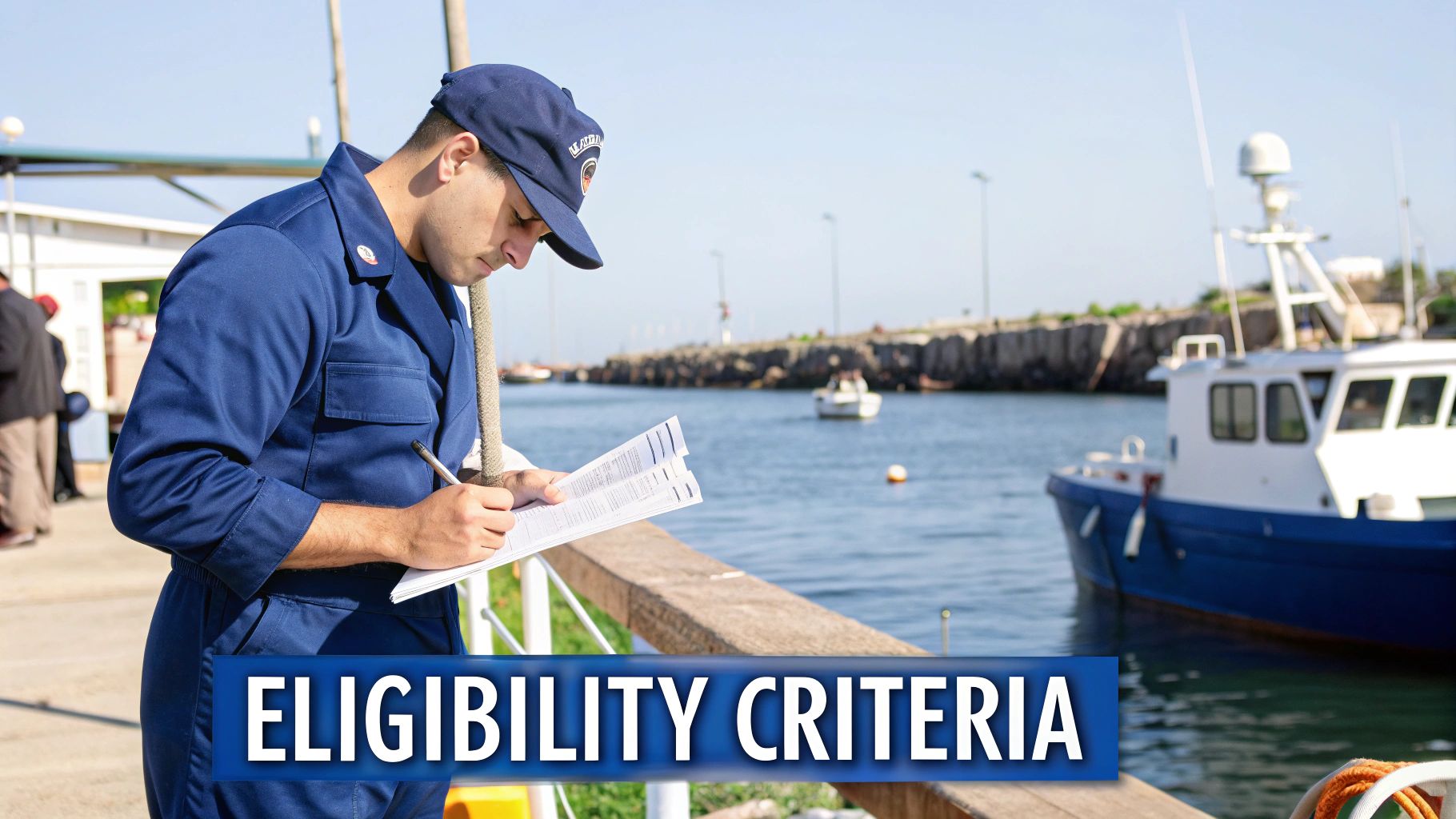
When you first look into getting a captain's license, the different types can seem a bit confusing. But it’s not as complicated as it looks. A good way to think about it is like a driver's license: your standard license lets you drive a car, but you need a Commercial Driver's License (CDL) to get behind the wheel of a big rig or a city bus. The world of boat captain license requirements works on a similar, tiered system that's all about the size of the boat and the level of responsibility.
The license you choose really sets the course for your career on the water. It determines the vessels you can legally command, how many passengers you can take on, and where you're allowed to operate. The U.S. Coast Guard (USCG) lays out two main paths for professional mariners: the OUPV license and the Master license. Each one opens up a different world of possibilities, from running small fishing charters to commanding large tour boats.
The OUPV or Six-Pack License
For most people starting out, the first step is the Operator of Uninspected Passenger Vessels, or OUPV. You'll almost always hear it called the "6-Pack" license, a nickname it earned because it lets you carry up to six paying passengers. It's the perfect credential for anyone looking to run smaller commercial gigs on the water.
With a 6-Pack, you can operate uninspected vessels up to 100 gross tons. The term "uninspected" simply means the boat isn't subject to a formal USCG inspection process because it carries a small number of people. It’s ideal for:
- Running guided fishing charters
- Operating small sightseeing boats
- Providing water taxi services
Depending on where you've logged your sea time, your OUPV license will be designated for either Inland waters (like lakes and rivers) or Near Coastal, which lets you operate up to 100 miles offshore.
The Master Captain's License
If you've got bigger ambitions—think larger boats and more passengers—you'll need to aim for a Master license. This is the highest-level license the USCG offers for operating commercial vessels. It’s a must-have for commanding "inspected" vessels, which are boats certified to carry more than six paying passengers.
A Master license is a serious credential. It represents a much higher level of trust and tested skill. It tells everyone—from the public to potential employers—that you have the deep experience required to manage a larger vessel and be responsible for more lives.
Master licenses come with different tonnage ratings, typically 25, 50, or 100 Gross Tons (GT), based on the size of the vessels you have experience on. The more time you have on bigger boats, the higher the tonnage you can qualify for. Just like the OUPV, these licenses have either Inland or Near Coastal endorsements, with the Near Coastal Master allowing you to operate up to 200 miles from the coast.
No matter which license you hold, true seamanship goes beyond the certificate. Honing your skills on the water is what truly makes a great captain. You can find more practical advice in this boating safety course guide.
Documenting Your Sea Time Experience
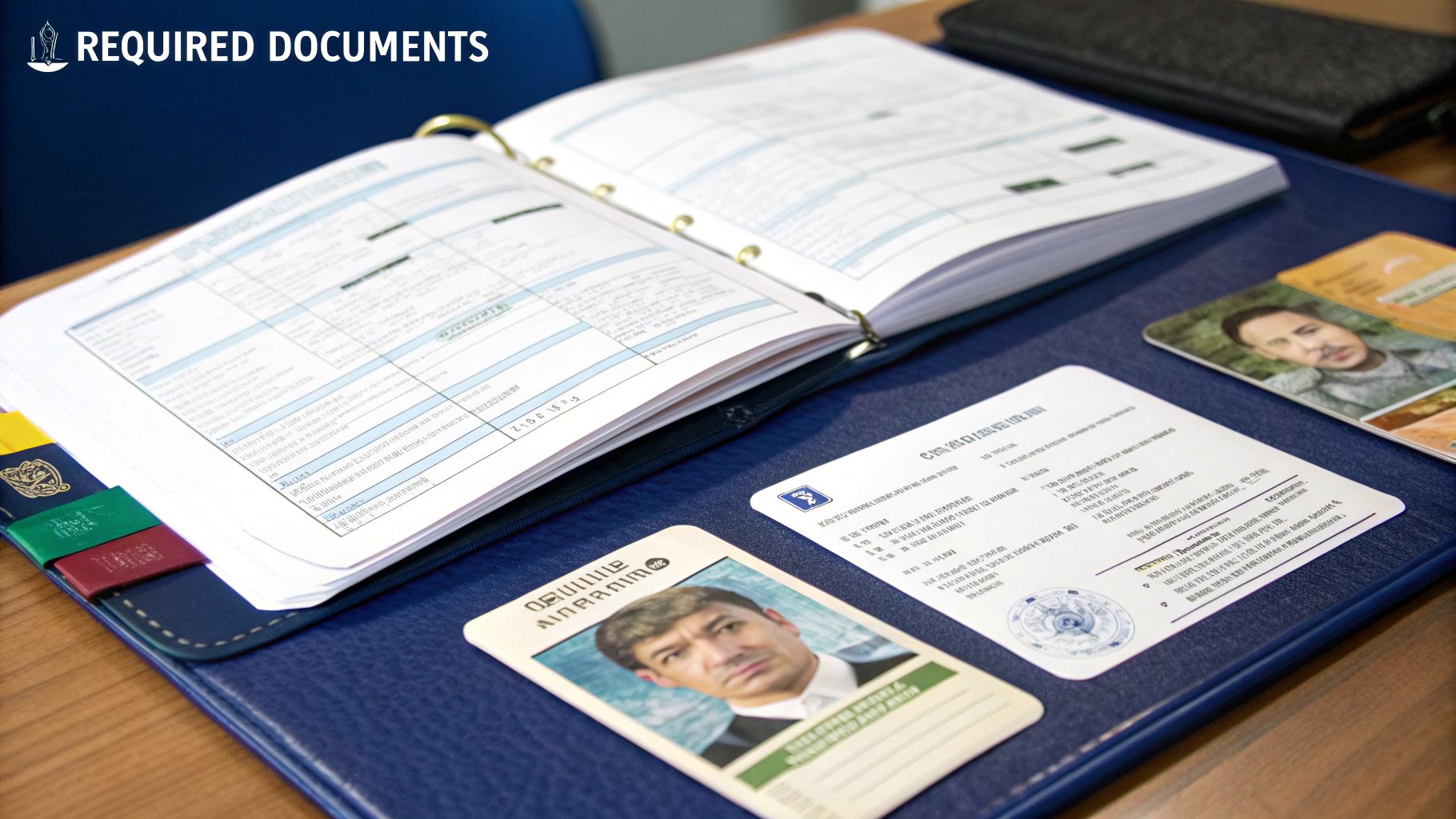
When it comes to getting your captain’s license, your time on the water is everything. This is the foundation of your entire application. Think of it as your maritime resume—it's the hard proof that you have the hands-on experience needed to be in command. Without it, your journey to getting licensed stops before it even starts.
The U.S. Coast Guard (USCG) is very specific about what counts as a "day" of sea time. It's not a sunrise-to-sunset affair. A day is defined as a minimum of four hours underway on the water. That’s a crucial detail. A quick spin around the bay or a short trip to a fishing spot might not cut it, so you have to be mindful of your time.
Getting Your Paperwork Right
Logging your hours correctly is just as vital as putting in the time. The main document you'll live and breathe by is the USCG’s Small Vessel Sea Service Form (CG-719S). This is your official record, and you absolutely have to get it right. Any mistakes or missing information will bring your application process to a grinding halt.
Let me be clear: honesty and accuracy are not optional. The USCG can, and often does, follow up to verify the experience you claim. The best way to avoid any issues is to keep meticulous, truthful records from day one.
"Your sea service form is more than just paperwork; it’s your sworn testimony of experience. The USCG views it as a direct reflection of your integrity and readiness to take on the responsibilities of a licensed captain."
How you log your time depends on whether you were on your own boat or someone else's. Both are valid, but the documentation process is a little different for each.
How to Log Time Correctly
So, how do you actually fill out the form? The details change slightly based on who owns the boat.
- Time on Your Own Vessel: If you own the boat, you're the one who signs off on your own sea time. You’ll need to provide all the key details: the boat's official number or state registration, its gross tonnage, and the waters you were operating in.
- Time on Someone Else’s Vessel: When you’re crewing on another person’s boat, the owner or the licensed captain must sign your sea service form. This is their way of vouching for you, and that third-party validation is something the USCG takes very seriously.
No matter the license you're aiming for, the experience requirements are demanding for a reason. Take the Master Near Coastal license, for instance. It requires a whopping 360 days of experience, a good chunk of which must be on near coastal or ocean waters. These high standards ensure that anyone holding a license is truly prepared for the job.
If you want to dig deeper into these specifics, you can review the credential requirements on MaritimeInstitute.com to see how rigorous the U.S. and international standards are.
At the end of the day, a carefully kept logbook is your first and most important step toward becoming a licensed captain.
Navigating the Captain's License Course and Exam
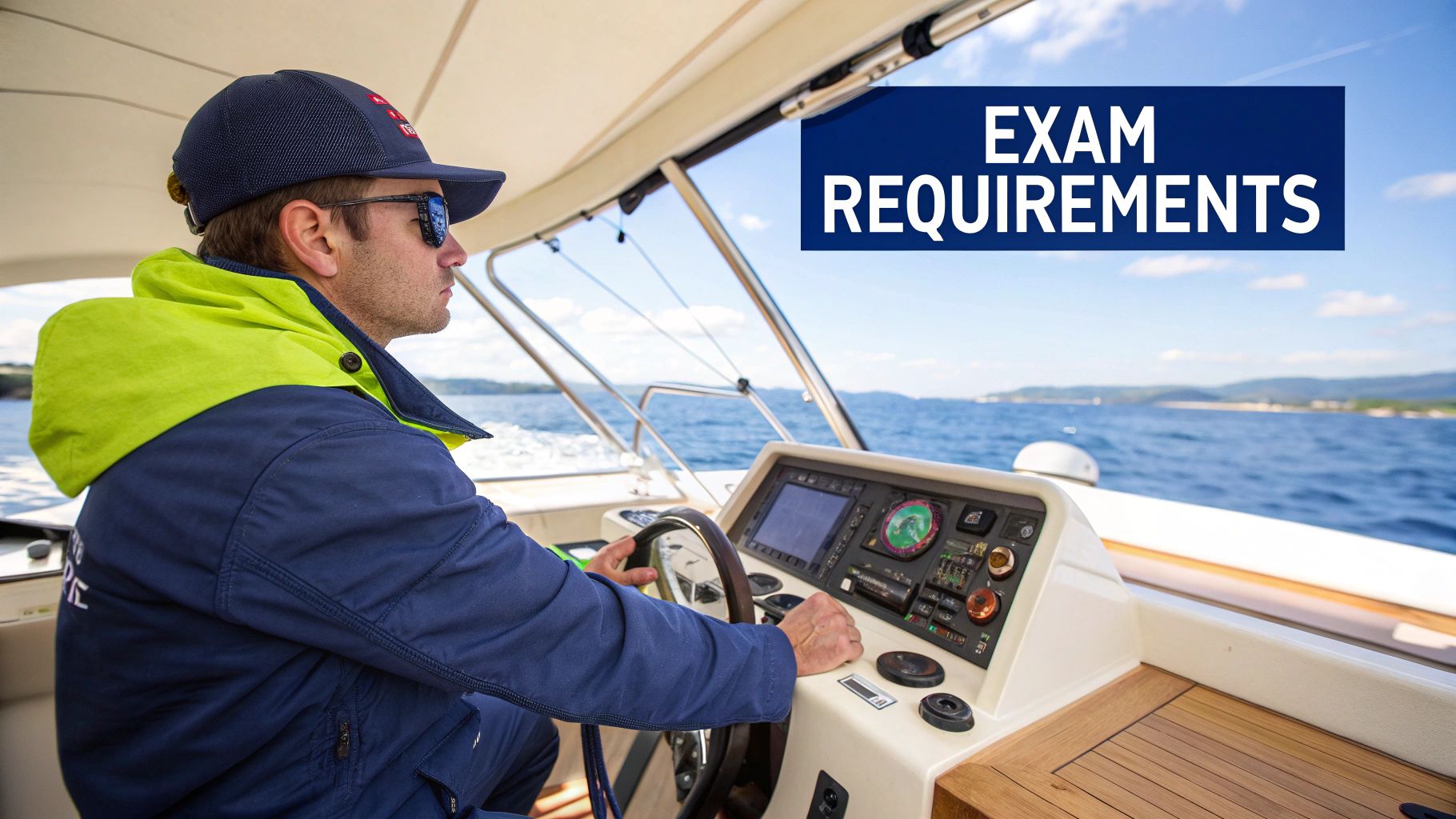
So, you’ve put in the time and meticulously logged your hours on the water. That's a huge step. The next leg of the journey is moving from hands-on experience to formal, certified knowledge through a captain's license course and exam.
This is where you prove you can handle not just the wheel, but also the crucial theoretical and regulatory side of being a captain. The U.S. Coast Guard mandates that you complete an approved course before sitting for the exam. This isn't just a box to check; it’s how they ensure every licensed captain shares a common, high standard of competency.
Your first decision is choosing the right course. You’ve basically got two paths: in-person classes or online programs. The best fit really comes down to your personal learning style and what your daily life looks like.
Some people thrive in a classroom. They prefer the direct Q&A with instructors and the hands-on practice that in-person courses provide. Others need more flexibility. For them, online courses are a game-changer, letting them study at their own pace and from anywhere, which is perfect if you’re juggling a job or other commitments.
What You'll Actually Learn in the Course
No matter which format you choose, every USCG-approved course covers a core curriculum. Think of it as the ground school for mariners—it's where you master the rules of the road and the science behind operating a vessel safely.
The training is broken down into a few essential modules:
- Navigation Rules of the Road: This is non-negotiable and arguably the most critical piece. You’ll learn the nautical traffic laws that prevent collisions and keep everyone safe and orderly on the water.
- Chart Plotting and Navigation: Here, you’ll get down to the nitty-gritty of reading charts, plotting a course, and using navigational tools to figure out where you are and how to get where you’re going.
- Deck Generalship and Safety: This covers a wide range of practical knowledge—everything from vessel stability and basic maintenance to emergency drills, firefighting, and lifesaving skills. It also gets into the nuts and bolts of your equipment. To get a head start on one crucial system, check out our complete guide to your boat's fuel tank.
- Weather and Oceanography: You’ll learn how to read weather patterns and truly understand how tides, currents, and sea conditions can affect your voyage.
Facing the Final Exam
The exam is the final hurdle, but it’s not designed to be impossible. It’s a comprehensive test of everything you’ve studied. Most courses wrap up with a proctored exam, and with pass rates often hitting over 90% for students who finish an approved program, it’s clear the training sets you up for success.
The boat captain license requirements have definitely gotten more rigorous over time to align with modern maritime safety standards. This ensures every new captain is truly prepared for the challenges out on the water today.
The exam isn’t designed to trick you. It’s there to confirm you have the essential knowledge to keep yourself, your crew, and your passengers safe. See it as the final validation of all your hard work.
Success really just boils down to preparation. Take your coursework seriously, use practice exams to find any weak spots, and don’t hesitate to lean on your instructors for help. If you approach the exam as the final, manageable step in a long process, you can walk in with confidence and finally cross the finish line to earning that license.
Assembling Your Application Package
https://www.youtube.com/embed/GcQZ3ZvfNuU
Alright, you've logged the sea time and have that course certificate in hand. Now for the last leg of the journey: putting together your application package for the U.S. Coast Guard (USCG). Think of this as building a case file that proves you’ve met every one of the boat captain license requirements. Getting this part right is everything—it's the difference between a smooth process and getting stuck in paperwork limbo.
Your application is basically a collection of official forms and supporting documents that tell the USCG you're ready to take the helm. If you miss just one thing or send in an expired form, you can expect major delays. Let's walk through exactly what you need to gather so that doesn't happen.
Your Essential Document Checklist
This isn't just about shuffling papers. Each document serves a specific purpose, allowing the USCG to verify your identity, physical fitness, experience, and training. Every piece of this puzzle is critical.
Here’s a breakdown of everything you'll need to submit:
- Application Form (CG-719B): This is the heart of your package. Fill it out carefully and completely. Be sure to clearly mark the specific license you're applying for.
- Proof of Sea Service (CG-719S): These are the forms that back up your experience on the water. Before you send them off, double-check that every signature is there and the dates match your logbook perfectly.
- Course Completion Certificate: This is the proof from your USCG-approved school. Remember, this certificate is only valid for one year, so don't sit on it for too long before submitting your application.
- Medical Examination Report (CG-719K): A licensed physician needs to fill this out to certify you meet the official physical and vision standards. An incomplete or expired physical is one of the top reasons applications get kicked back.
- Proof of Drug Testing: You'll need to show you passed a drug test within the last six months. The alternative is to provide proof that you're enrolled in a random drug testing program approved by the USCG.
- Transportation Worker Identification Credential (TWIC): A copy of your valid TWIC card is required. This is how the USCG confirms you’ve passed a federal security background check.
- First Aid & CPR Certification: You must have a current certification from a course approved by the American Red Cross or American Heart Association.
"Your application package is your final handshake with the USCG before they grant you their trust. A complete, error-free submission shows professionalism and respect for the process, significantly speeding up your path to getting licensed."
Confidence in your submission all comes down to being organized. Use this list as a final check before you mail your package or submit it online. When you know every document is there, accurate, and current, you've done everything you can to avoid delays and get that captain's license in your hands.
Frequently Asked Questions About Captain's Licenses
As you start looking into getting your captain’s license, a lot of questions pop up. It’s totally normal to wonder about the timeline, what it’s all going to cost, and the nitty-gritty details of meeting the boat captain license requirements. I get these questions all the time from aspiring mariners.
This section is your quick-reference guide. We’ve untangled the complexities and laid out the answers in a straightforward way to help you move forward with confidence.
How Long Does It Take to Get a Captain's License?
The honest answer? It depends. The biggest variable in the whole process is getting your sea time. For an OUPV/6-Pack license, for instance, you need to log 360 days of experience on the water. If you’re a dedicated weekend warrior, you might knock that out in a few years. For others, it can take quite a bit longer.
Once you’ve logged the time, things start to move much more quickly.
- Training Course: An in-person class usually runs for one to two intense weeks. If you go the online route, you can stretch it out over a few months, fitting it around your own schedule.
- Application Processing: After you send your big packet of paperwork to the USCG, you wait. Processing can take anywhere from a few weeks to several months, depending entirely on how swamped they are at the moment.
Does My Personal Boating Time Count?
Yes, it absolutely does! In fact, most people use time on their own recreational boat to build up the experience needed for their application. The crucial part is documenting it correctly.
You’ll need to record every outing on the official USCG Small Vessel Sea Service form (CG-719S). You have to be detailed, noting the vessel, the dates you were on the water, and where you were boating. And remember the USCG’s definition of a "day"—a minimum of four hours on the water. The best advice I can give is to start a detailed logbook now and be consistent with it.
What Is the Difference Between OUPV and a Master License?
The key difference here is the kind of boat you’re allowed to run, which really boils down to the number of passengers and whether the vessel is "inspected."
Think of it this way: An OUPV/6-Pack is like a license to drive a passenger van. A Master License is more like a commercial bus driver's license. Both get people from point A to point B, but the scale and the rules are completely different.
An OUPV/6-Pack license lets you operate uninspected vessels up to 100 gross tons, but with no more than six paying passengers. These are your typical fishing charters, small tour boats, and private sightseeing trips.
A Master license, on the other hand, is what you need to take charge of inspected vessels—boats that the USCG has certified to carry more than six paying passengers. This is the license for running larger tour boats, water taxis, and ferries.
How Much Does It Cost to Get a License?
You should probably budget somewhere in the neighborhood of $1,500 to $2,500 when all is said and done. This isn't one single payment but a series of costs you'll pay along the way.
Here’s a general breakdown of what to expect:
| Expense | Estimated Cost |
|---|---|
| Training Course | $600 - $1,000 |
| USCG Application Fees | ~$145 |
| TWIC Card | ~$125 |
| Physical Exam & Drug Test | $150 - $300 |
| First Aid/CPR Certification | $50 - $100 |
It definitely adds up, but it’s best to see it as an investment in your professional career on the water. Speaking of professionalism, another crucial investment is in your own operational knowledge. Learning about proper boat fueling safety procedures is a non-negotiable part of becoming a true pro.
For professional captains and recreational boaters alike, ensuring every trip is safe and efficient is the top priority. CLiX Fueling Solutions offers a simple, effective way to prevent dangerous and costly fuel spills, automatically stopping the flow when your tank is full. Discover how you can make every refueling a stress-free experience at https://clixfueling.com.


